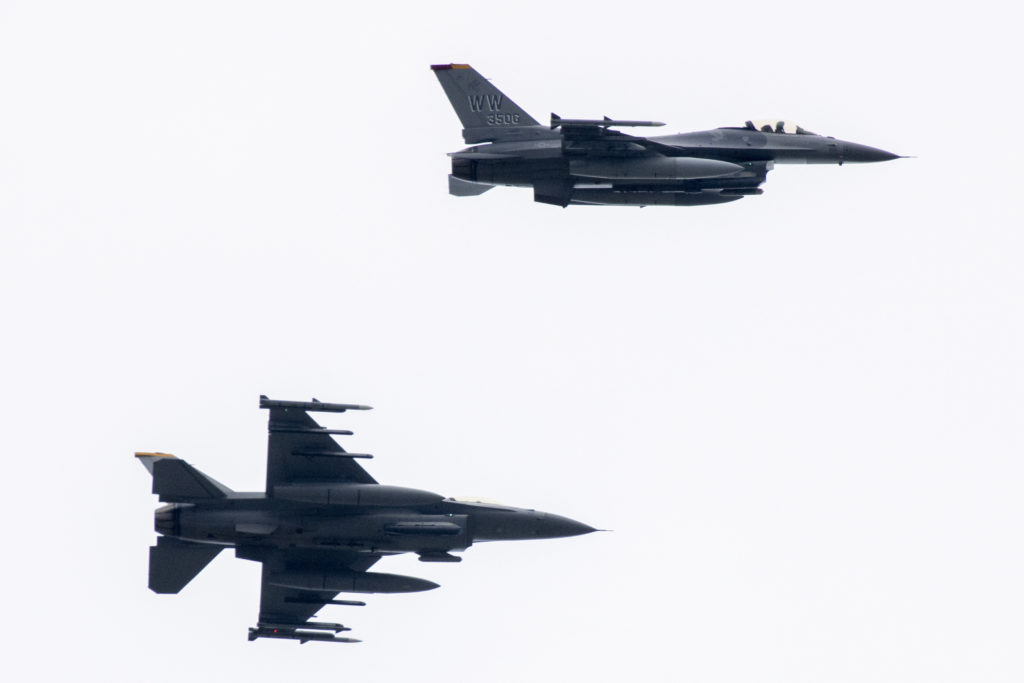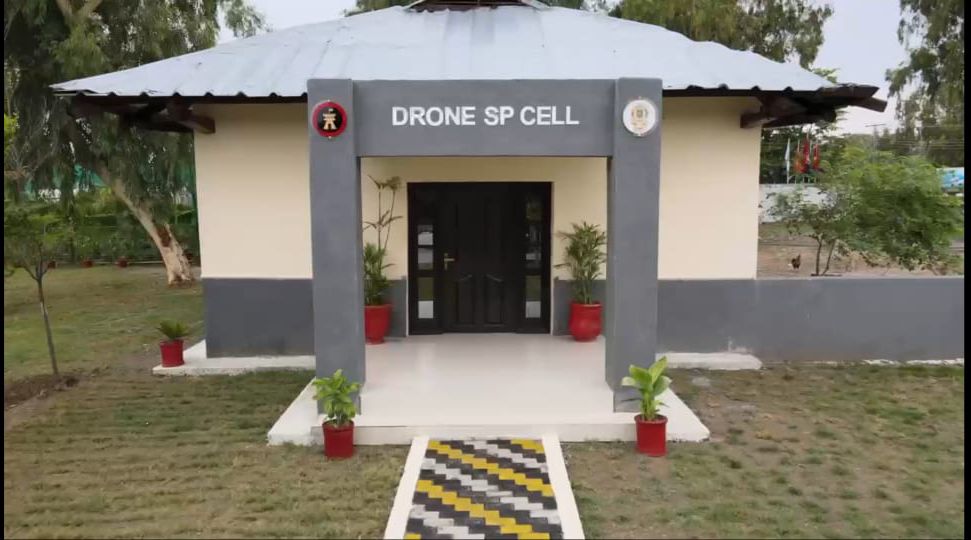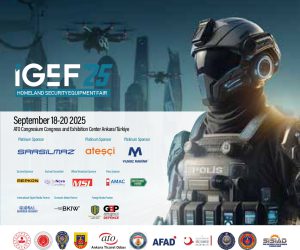In the coming decade, state and non-state adversaries will use EDTs to attack systems and populations that may initiate and accelerate existing geopolitical conflict escalation. EDTs are expected to be used both in the initial attack or escalation as well as a part of the detection and decision-making process. Due to the speed of EDTs, expected confusion, and common lack of human oversight, attacks will also be incorrectly attributed, which has the capacity to escalate rapid geopolitical conflict to global military conflict, and ultimately, to the use of nuclear WMDs. The use of EDTs in the shadow of nuclear WMDs is also expected to create an existential threat to possible adversaries, pushing them to “lower the bar” of acceptability for using nuclear WMDs. EDTs will enable and embolden insider threats, both willing and unknowing, to affect geopolitical conflict on a global scale. In addition, the combination of multiple EDTs when used together for attacks will create WMD effects on populations and governments. Furthermore, EDTs will be used by adversaries to target and destabilize critical infrastructure systems, such as food, energy, transportation, etc. that will have a broader effect on populations and governments. EDTs will enable adversaries to perpetrate a long-game attack, where the effect and attribution of the attack may not be detected for an extended period — if ever.
Read More: Cyber War: North Korea’s Cyber Operations and Strategies
To combat these future threats, organizations will need to conduct research and intelligence gathering paired with exploratory research and development to better understand the state of EDTs and their potential impacts. With this information, organizations will need to conduct collaborative “wargaming” and planning to explore a range of possible and potential threats of EDTs. The knowledge gained from all of these activities will inform future training and best practices to prepare for and address these threats. Organizations will also need to increase their investments in EDT-related domains, necessitating countries to not only change how they fight but also evolve their thinking about deterrence. Expanded regulation, policy making, and political solidarity among members will take on an increasingly more significant and expanded role. Broader government, military, and civilian cooperation will be needed to disrupt and mitigate some of these future threats in conjunction with broader public awareness.
Read the full report at the following link
https://cyber.army.mil/Portals/3/Documents/Threatcasting/wmds/Threatcasting_WMDs.pdf
- Global Defense Insighthttps://defensetalks.com/author/umair/
- Global Defense Insighthttps://defensetalks.com/author/umair/
- Global Defense Insighthttps://defensetalks.com/author/umair/
- Global Defense Insighthttps://defensetalks.com/author/umair/













